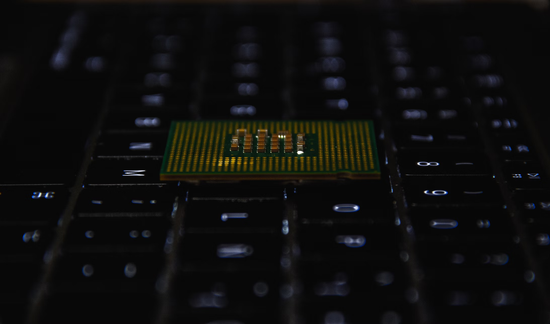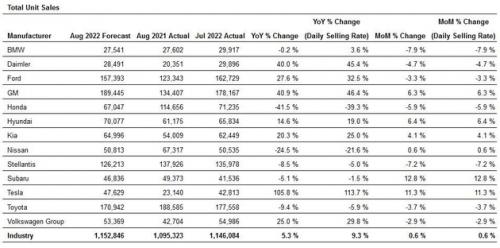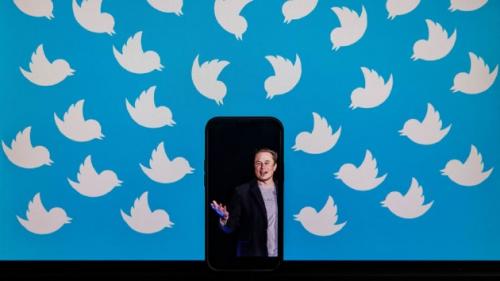your current location is:Home > TechnologyHomeTechnology
Intel pushes new data center GPUs, wants to be a "second choice" other than Nvidia
"Many of our partners have reported that the current GPU market is good, but everyone also hopes to have a second choice." On August 25, at the Intel China Data Center Partner Technology Summit, Intel Data Center and Artificial Intelligence Group Vice President, China Region General Manager Chen Baoli said.
The "second option" he's referring to is Intel itself. In the data center GPU (graphics processing unit) market, Nvidia has been hard to beat, but Intel's latest data center GPU product "Flex" may break this status quo. The product is positioned as a mainstream data center GPU and can be applied to media transcoding, cloud games, and artificial intelligence inference operations.
In the booming AI computing market, NVIDIA seized the opportunity first with its GPU and became an indispensable chip supplier for AI companies. The rise of the metaverse concept and the popularity of cloud games and short videos have made GPUs favored by the market with their advantages in graphics rendering and video encoding and decoding.
In the data center, AI remains the most important application of GPUs and the main choice for large data center customers. Previously, Intel was absent in this market, and the AI load was more borne by CPUs and dedicated AI chips. Chen Baoli said that AI, as a kind of workload, can be calculated with any chip, and the focus is on how to optimize it. He said that Intel has added AI-accelerated instructions to traditional CPUs, and currently uses the latest generation of Xeon Scalable processors to run some AI training or reasoning applications.
At the end of 2019, Intel spent 2 billion yuan to acquire Habana Labs, an Israeli AI chip company, and officially launched its efforts in the field of AI chips and joined the ranks of mainstream cloud service companies. Earlier, Amazon Cloud Services (AWS) announced that it will use Habana AI acceleration chips, saying that it can save a certain amount of cost compared to GPUs.

Chen Baoli said that from the perspective of chip design logic, a dedicated chip is more efficient than a general-purpose chip, but the disadvantage is that there is no way to do other things. Therefore, many customers will choose to use a wider range of general-purpose chips.
Intel has high hopes for the newly released GPUs. In Chen Baoli's view, general-purpose GPUs are a big market at present. Intel launched AI chips and data center GPUs at the same time, and there is no conflict in application.
However, he believes that even if the GPU is the "star" of AI computing, general-purpose chips such as CPUs are much larger in application scenarios than GPUs, and meet the cost requirements of some customers. For example, many banking or manufacturing customers have purchased a large number of Zhiqiang CPU servers. When they want to run artificial intelligence, they can try the tools or software provided by Intel instead of purchasing GPU servers. "It might not be the fastest top speed, but it's definitely usable."
In recent years, from Intel's acquisition of Altera, Nervana, and Habana, two AI chip companies, to NVIDIA's acquisition of network chip maker Mellanox for $6.9 billion, to AMD's acquisition of Xilinx, it can be said that the data center business is carried out. Comprehensive layout.
At the same time, in terms of chip architecture, major manufacturers have emphasized system-level innovation in data centers, and new technology concepts such as Chiplets have received attention.
Chen Baoli told the interface news reporter that the CPU is indispensable in the data center, and the GPU is widely used in AI scenarios, but the data transmission and storage between the two chips have shortcomings, which affect the performance of the entire system. For example, Chiplet uses the new chip connection technology to connect the two computing power engines CPU and GPU from the chip layer. After opening up the data "highway", the problem of data congestion can be solved.
Data centers are still Intel's most important business, contributing a major profit share, but currently facing macroeconomic challenges. According to the latest financial report, Intel's data center and artificial intelligence business achieved revenue of $4.6 billion in the second quarter and operating profit of $214 million, down 16% and 90% year-on-year, respectively.
Intel CEO Henry Kissinger said that although the long-term growth trend of the data center market is still solid, demand cannot avoid the impact of macroeconomic headwinds and is expected to decline in the second half of the year. To this end, Intel has lowered its forecast for the total potential market for server products.
Previous:Meta announces that its game streaming app will be discontinued on October 28
Next:How do astronauts on the International Space Station tell the difference between day and night?
related articles
Article Comments (0)
- This article has not received comments yet, hurry up and grab the first frame~













